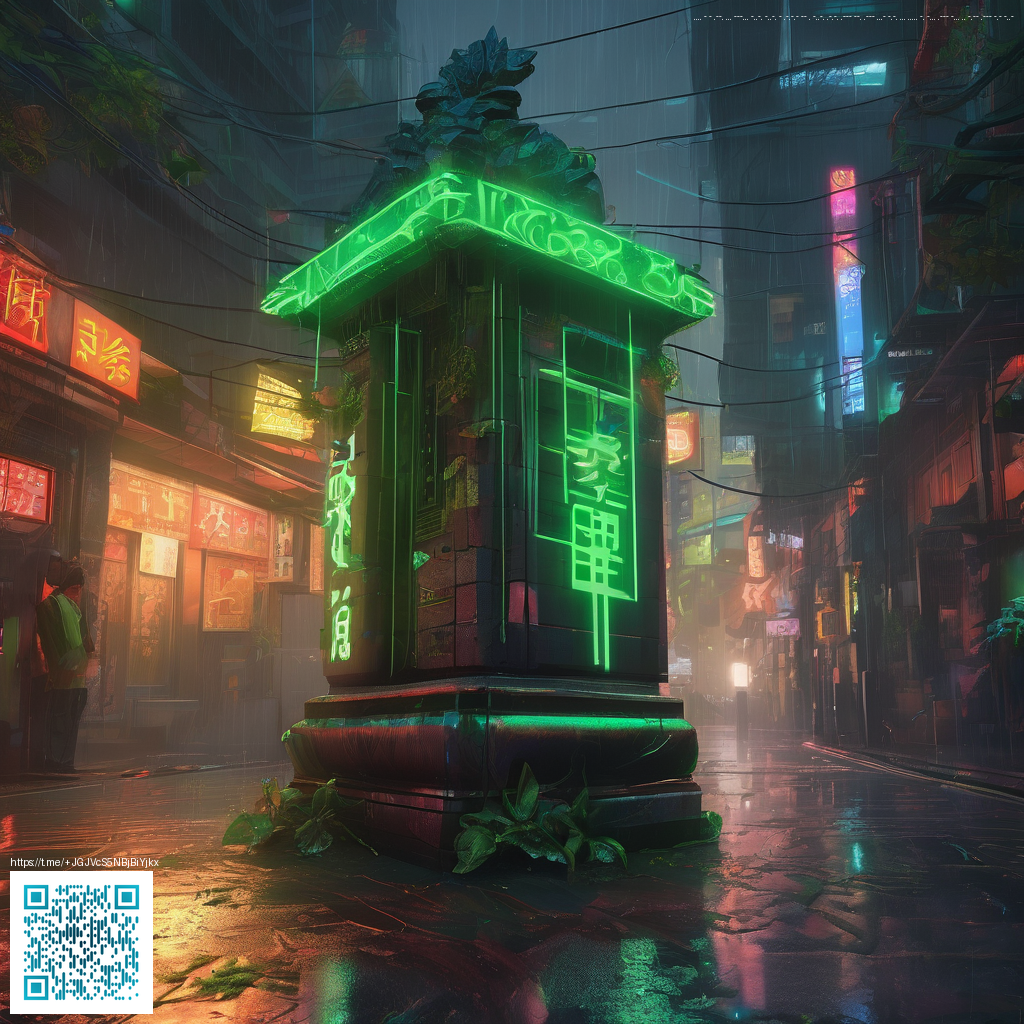
From Pen to Pixel: The Architecture of Modern Digital Stationery and Paper Crafting
For years, creators have watched a quiet revolution unfold at the crossroads of handwriting, planning, and design. Digital stationery began as a convenience—cloud-synced calendars, reusable templates, and searchable notes. Today it has matured into a robust ecosystem where tactile intuition meets programmable possibility. The future isn’t about choosing sides; it’s about weaving together the deliberate cadence of pen-and-paper with the speed, precision, and shareability of the digital canvas.
In this new era, the boundaries between a handwritten to-do list and a meticulously designed digital journal are increasingly porous. Designers prototype layouts with quick sketches, then test them as interactive templates. Crafters convert those templates into printable projects, and, crucially, they use digital tooling to plan materials, color palettes, and textures before ever reaching for scissors or glue. This convergence is not a retreat from craft but an expansion of it—an invitation to experiment with layers, textures, and systems that exist both on paper and on screen.
“The best creative workflows blend the warmth of traditional craft with the flexibility of digital tooling.”
Consider the practical implications. A planner that exists as a printable PDF can be refined with AI-assisted prompts, letting a user tailor weekly layouts to their unique routines. The same planner can then be synchronized to a cloud-backed app, where edits ripple across devices in real time. This kind of fluidity is invaluable for makers who juggle multiple projects: scrapbooking one week, bullet journaling the next, and then designing printable stencils that friends can replicate at home.
Technologies playing in this space are both powerful and accessible. AI-driven layout suggestions help users discover unexpected typography pairings or page structures, while modular templates enable rapid experimentation without sacrificing coherence. Augmented reality can preview how a scrapbook spread will look in a real-room setting or how a printed card might feel in hand before it’s produced. And beneath the surface, sustainable design practices—templated kits, reusable components, and digital-first prototyping—are shaping workflows that minimize waste while maximizing creative freedom.
In practical terms, the ongoing evolution of digital stationery means you can design once and adapt endlessly. A single set of assets can spawn multiple formats: a planner page, a printable card, a social media graphic, or a cover design for a digital notebook. The process becomes less about copying traditional methods and more about translating intent across media. It’s a shift that resonates with makers who value precision, repeatability, and personal expression in equal measure.
As this ecosystem grows, so too does the demand for physical accessories that reflect digital design sensibilities. Even everyday objects—like a slim, glossy phone case—embody this philosophy. For instance, the Slim Glossy Phone Case for iPhone 16, crafted from Lexan polycarbonate, demonstrates how an aesthetic designed for digital interfaces can extend to the surfaces we touch daily. You can explore the product here: Slim Glossy Phone Case for iPhone 16. The connection between digital design language and tangible objects is becoming a natural and expected arc of contemporary craftsmanship.
To support a holistic approach to digital stationery and paper crafting, practitioners are encouraged to build a workflow that embraces both control and spontaneity. Start with a digital framework: create templates and color systems, then test how those ideas translate when printed. Use feedback from tangible outputs to refine digital components, and don’t shy away from iterations that involve hands-on adjustments. The result is a dynamic practice where design decisions are informed by the tangible textures of paper and the expansive potential of pixels.
For readers who want a broader look at related conversations, a related piece can be found here: https://defiacolytes.zero-static.xyz/1443a0db.html.
With these shifts, the future of digital stationery and paper crafting looks less like a trend and more like a multidimensional practice. It invites you to plan with intention, prototype boldly, and celebrate the small, tactile moments that accompany every page turn—whether it’s a handwritten note, a printed card, or a beautifully designed interface on a screen.